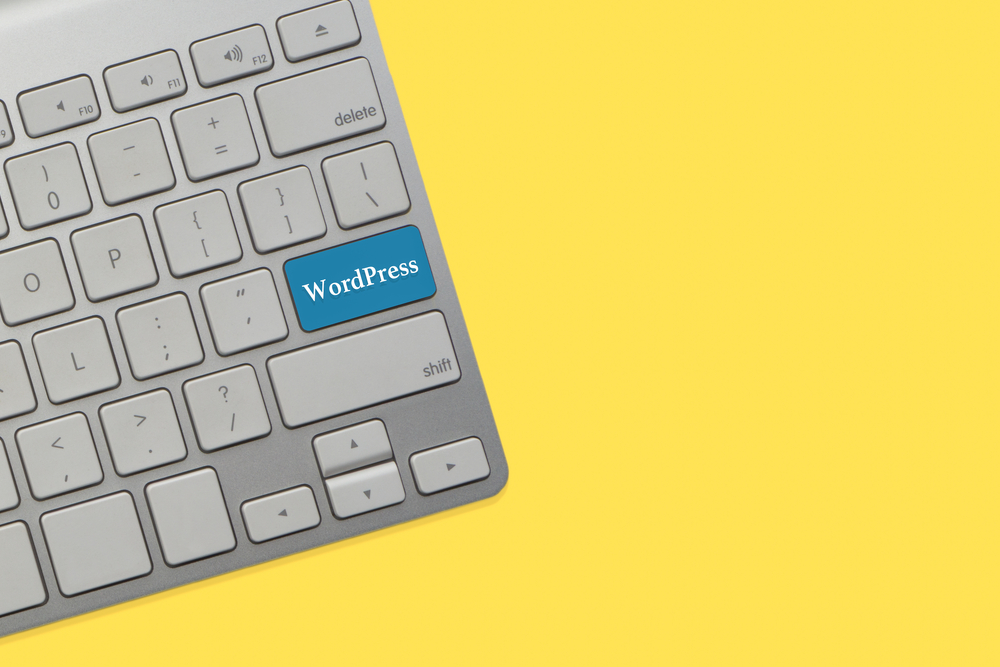
WordPress has become the go-to platform for millions of website owners and developers around the world. Its flexibility, user-friendly interface, and vast plugin ecosystem make it a powerful tool for creating and managing websites of all kinds. Whether you're a beginner or an experienced WordPress user, there are always new tricks and techniques to learn to take your website to the next level. In this article, we'll explore some expert tips and tricks for customizing and maintaining your WordPress website.
1. Understand WordPress Themes and Child ThemesOne of the first steps to mastering WordPress (or WP) is understanding themes. A theme determines the overall design and layout of your website. While there are a plethora of free and premium themes available, customization options may be limited. To overcome this, it's essential to understand child themes. A child theme inherits the features and styling of its parent theme but allows you to make modifications without affecting the original theme. Creating a child theme gives you the freedom to tweak every aspect of your website's design.
To create a child theme, start by creating a new folder in your "themes" directory within the "wp-content" folder. Inside this folder, create a style.css file and add the following code:
```/
Theme Name: Child Theme
Template: parent-theme-folder-name
/
```
Replace "Child Theme" with the name of your child theme and "parent-theme-folder-name" with the name of the parent theme's folder. Save the file and activate your child theme from the WordPress (the blogging platform) dashboard. Now, any modifications you make will be stored in the child theme and won't be lost when updating the parent theme.
2. Utilize Custom Post Types and TaxonomiesWordPress (the platform for bloggers) started as a blogging platform, but it has evolved into a full-fledged Content Management System (CMS) capable of handling various types of content. Custom post types and taxonomies allow you to organize and display different content in unique ways.
For instance, if you're running a music website, you may want to create a custom post type called "Albums" and a custom taxonomy called "Genres." This way, you can store album information separately from regular blog posts and categorize them by genres. To create custom post types and taxonomies, you can utilize plugins like Custom Post Type UI or create them programmatically using WordPress (WP) ' built-in functions.
3. Optimize Performance with Caching and CompressionWebsite speed plays a crucial role in user experience and search engine optimization. WordPress can be highly dynamic due to its PHP architecture and dynamic database queries, which can slow down your website. To overcome this, caching plugins come to the rescue.
Caching plugins generate static HTML versions of your web pages and serve them to visitors, reducing the processing load on your server. Popular caching plugins like WP Rocket, W3 Total Cache, and WP Super Cache provide easy-to-use interfaces to configure caching settings.
Compressing and optimizing your images also contributes to a faster website. Plugins like Smush and EWWW Image Optimizer automatically compress your images without compromising quality. This significantly reduces your page load times.
4. Harness the Power of Page Builders
WordPress provides the Gutenberg block editor as the default content editor, but sometimes you require more flexibility and creative control over your website's layout. This is where page builders come into play. Page builders enable you to create complex page layouts by dragging and dropping elements without touching any code.
Developers have built powerful page builders for WordPress, such as Elementor, Divi Builder, and Beaver Builder. These page builders offer a range of advanced features like responsive design controls, pre-designed templates, and third-party integrations. With a page builder, you can easily design and update your website's layout, reducing dependency on custom development or hiring a designer.
5. Regularly Backup Your WordPress WebsiteNo matter how secure your website is, there's always a chance of something going wrong. A server crash, a hacking attempt, or an accidental deletion can lead to data loss. To prevent the nightmare of losing your entire website, it's crucial to regularly backup your WordPress installation.
Numerous backup plugins, such as UpdraftPlus, BackupBuddy, and VaultPress, automate the process of creating backups and storing them securely. Some plugins even provide scheduling and offsite storage options, ensuring the safety of your data. Make it a habit to backup your website and store the backup files on a different server or cloud storage service for better redundancy.
Frequently Asked Questions:
1. What is the difference between a WordPress theme and a child theme?
Answer: A WordPress theme determines the overall design and layout of your website, while a child theme inherits the features and styling of its parent theme but allows you to make modifications without affecting the original theme.
2. How can I create custom post types and taxonomies in WordPress?
Answer: You can use plugins like Custom Post Type UI or create them programmatically using WordPress' built-in functions.
3. How can caching plugins speed up my WordPress website?
Answer: Caching plugins generate static HTML versions of your web pages, reducing the processing load on your server and speeding up your website.
4. Which page builder is the best for WordPress?
Answer: Some popular page builders for WordPress include Elementor, Divi Builder, and Beaver Builder. The best choice depends on your specific requirements and preferences.
5. Why is it important to regularly backup my WordPress website?
Answer: Regular backups ensure that you have a recent copy of your website's data in case of data loss due to server issues, hacking attempts, or accidental deletions.
In conclusion, mastering WordPress involves understanding themes and child themes, utilizing custom post types and taxonomies, optimizing performance with caching and compression, harnessing the power of page builders, and regularly backing up your website. By implementing these expert tips and tricks, you can take full control of your WordPress website, customize it to your liking, and ensure its smooth operation and maintenance.
Other useful resources
- https://en.wikipedia.org/wiki/WordPress
- https://www.wordpress24plus.com/services/
- https://www.wordpress24plus.com/services/wordpress-development/